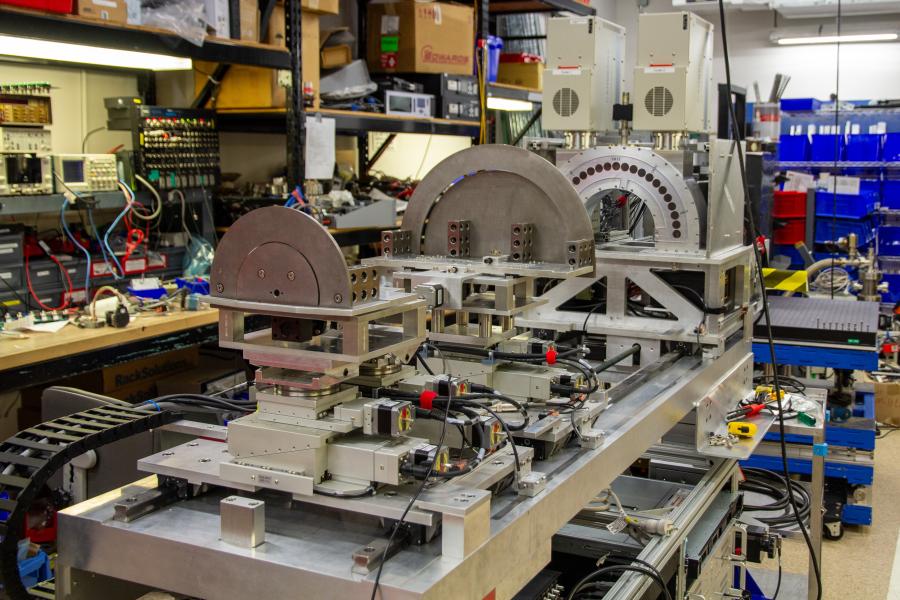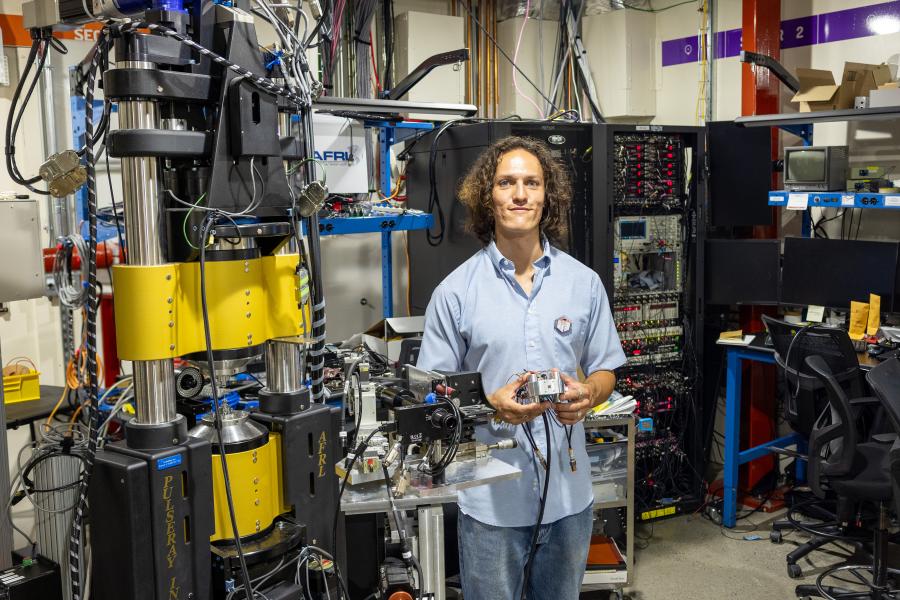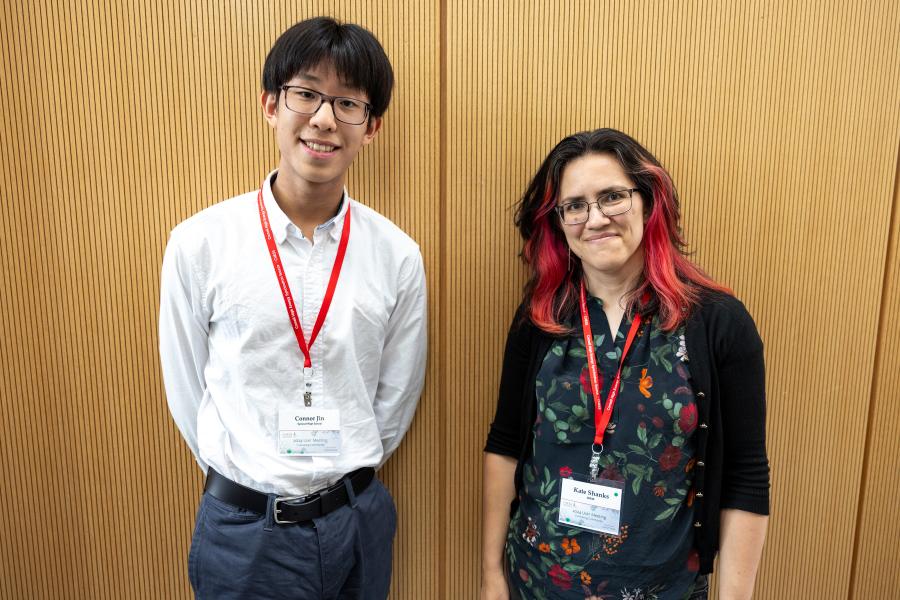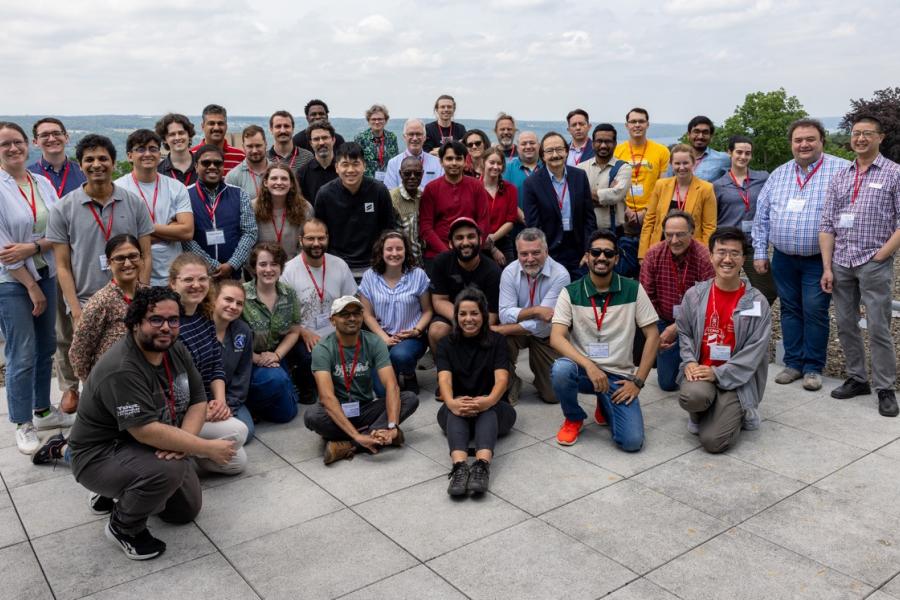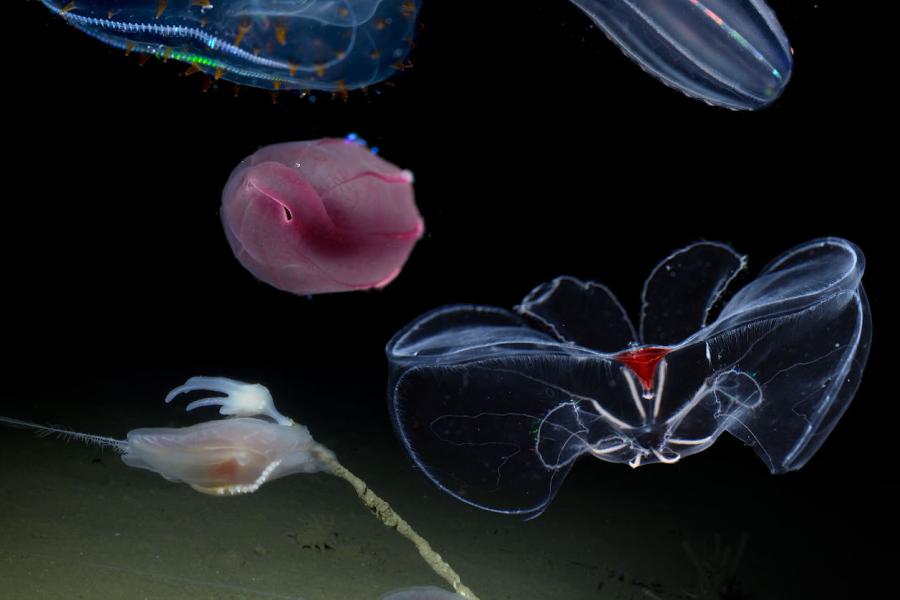Sidebar Menu (View Pages)
- Status
- ⌃ Science
- ⌃ Users
- ⌃ Facilities
- ⌃ Public
- Industry
- ⌃ About
Tags
Featured
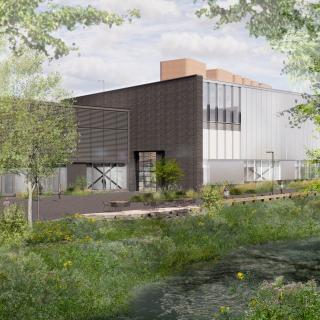
HMF - A first-of-its-kind X-Ray facility
X-rays can uniquely address fundamental, long-standing questions about the nature of matter in high magnetic fields. The new HMF facility will enable research that is currently not achievable anywhere in the world.
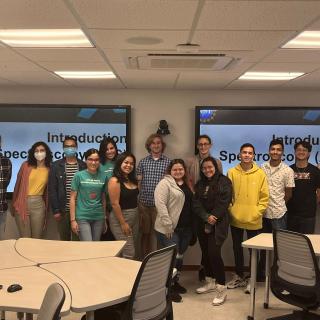
2022 PREM XAS Workshop held in in San Juan, Puerto Rico
The 2022 PREM XAS Workshop was held in person from Thursday, March 31 to Friday, April 1 on the Cupey campus of Universidad Ana G. Méndez in San Juan, Puerto Rico. The goal of this workshop was to introduce the current Center for Interfacial Electrochemistry of Energy Materials (CIE2M) and High Magnetic Field (HMF) beamline students to x-ray absorption near edge structure (XANES) and extended x-ray absorption fine structure (EXAFS) experiments.
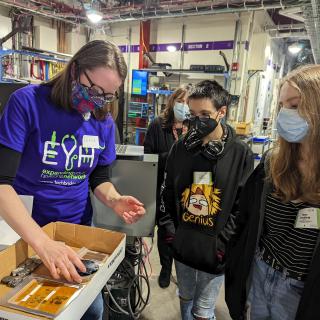
CHESS and CLASSE scientists take part in Expanding Your Horizons 2022
Expanding Your Horizons (EYH) is a one-day conference designed to stimulate participants’ interest in math and science through hands-on activities, provide female scientist role models, and foster awareness of opportunities in math and science-related careers. This year the event returned in-person and CHESS staff participated in a lab tour.
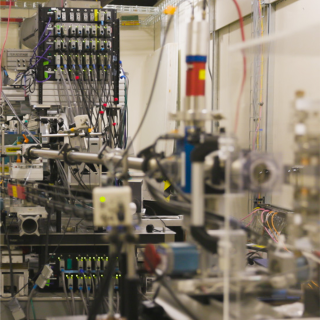
Nonprecious transition metal nitrides as efficient oxygen reduction electrocatalysts for alkaline fuel cells
CHEXS users have discovered a class of nonprecious metal derivatives that can catalyze fuel cell reactions about as well as platinum, at a fraction of the cost.
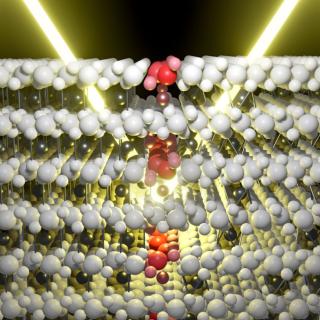
Engineers reveal cause of key sodium-ion battery flaw
Cornell researchers have uncovered the source of a persistent problem limiting the durability of sodium-ion batteries, providing manufacturers with new strategies for powering the 21st century.
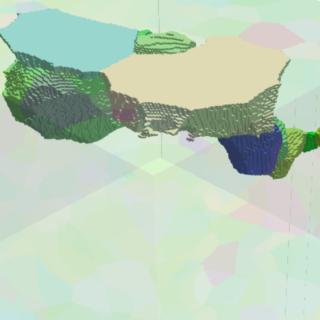
Analysis of a three-dimensional slip field in a hexagonal Ti alloy from in-situ high-energy X-ray diffraction microscopy data
For the first time, a microscale plastic strain field (also known as crystallographic slip) has been non-destructively reconstructed in 3D in a deforming alloy.
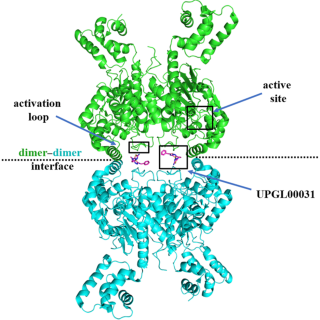
How two cancer drugs can look the same but behave differently - revealed by serial room temperature crystallography
Many cancer cells require the enzyme glutaminase synthase C (GAC) to grow well. Consequently drugs that inhibit GAC are potential cancer treatments, and much work is being done to find the best ones. The Cerione group reports some of this work.
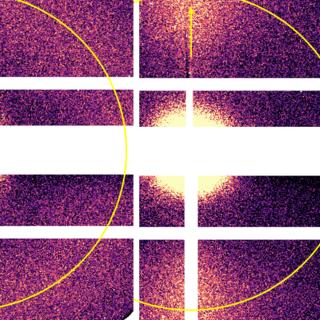
Measuring complex fluids under extreme flow conditions
Utilizing the unique focusing optics, flexible sample space, and SAXS capabilities at the FMB-beamline, a group of researchers from the National Institute of Standards and Technology measured the rheology and structure of complex fluids subjected to extreme flow velocities while confined within micrometer-sized capillaries.

